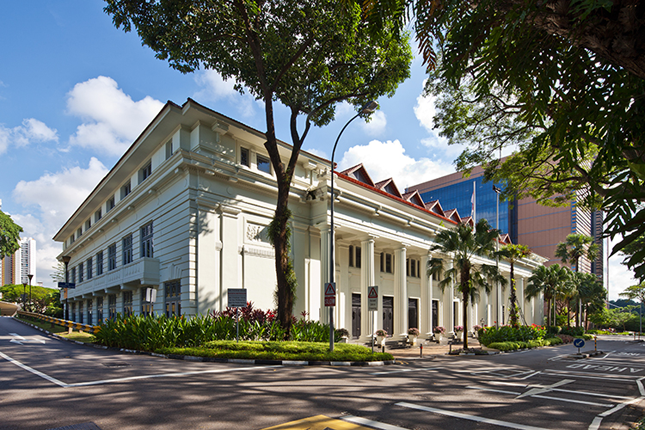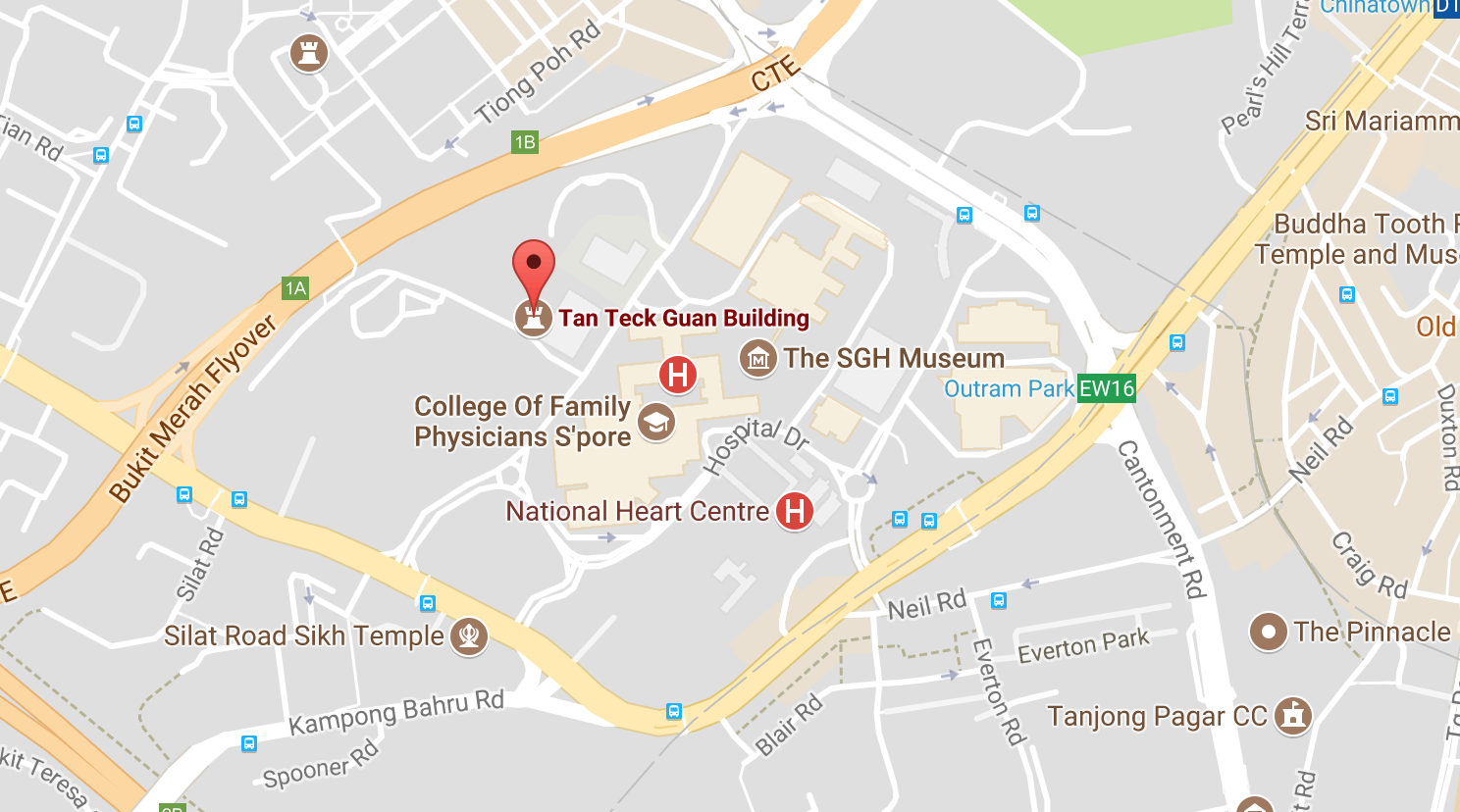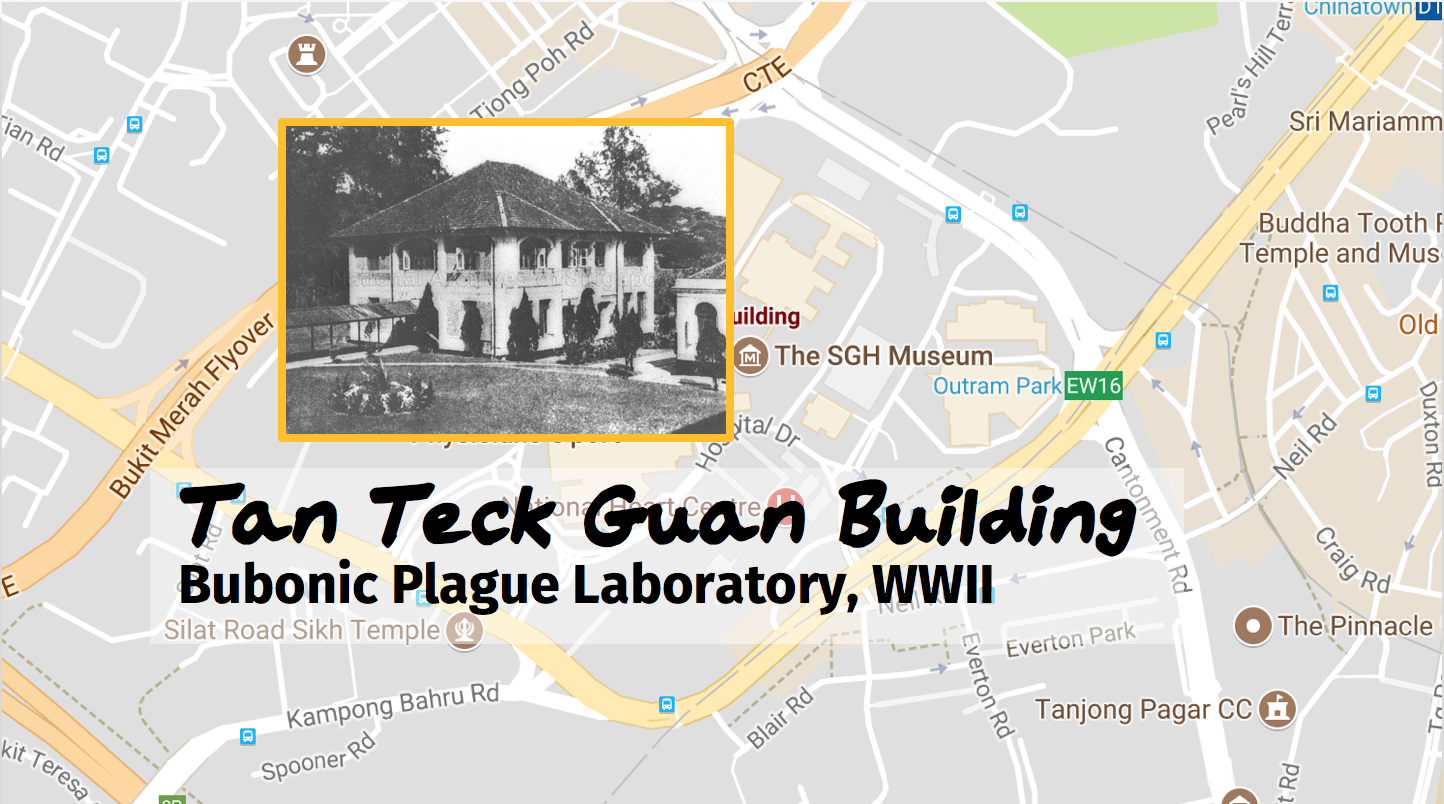In 1940, Japan's military used biological warfare in its invasion of China.
China was "bombed" with bubonic-plague-carrying fleas.
According to The Straits Times, records show that the bubonic plague killed 3,031 people in China's Jilin province in June 1940, and 9,060 people in Zhejiang province in October that same year.
The unit that was in charge of biowarfare was the infamous Japanese Unit 731, and one of its bases was in Singapore.
OKA 9420
During the Japanese Occupation, the medical unit attached to the Japanese Army in Singapore was called OKA 9420.
OKA 9420's role involved the prevention of water-borne diseases, but it also had a more sinister role supporting Unit 731's operations in biowarfare.
Because research found that Malaya's climate was ideal in breeding rat fleas, Malaya became Unit 731's largest breeding ground outside of Japan and China.
OKA 9420's facilities were located in the Singapore General Hospital (SGH) as well as the College of Medicine Building area along College Road.
[caption id="" align="aligncenter" width="645"] College of Medicine Building at SGH. Source: Roots.sg[/caption]
College of Medicine Building at SGH. Source: Roots.sg[/caption]
Harvesting rat fleas carrying the bubonic plague
During the Occupation, the late first generation Minister for Social Affairs Othman Wok worked as a lab assistant in Tan Teck Guan building within the SGH compound, where the bubonic plague laboratory was located.
 Screengrab from Google Maps.
Screengrab from Google Maps.
[caption id="" align="aligncenter" width="645"] Tan Teck Guan Building in the present day. Source: Roots.sg[/caption]
Tan Teck Guan Building in the present day. Source: Roots.sg[/caption]
In an oral archives interview conducted in 1981, Wok described the process of cultivation of fleas carrying the bubonic plague:
"We went out in big lorries with thousands of rat traps. The rats were brought to the laboratory and one by one put in chloroform, and as each was half conscious the body was searched for fleas. The fleas were later fed the blood and organs of rats which had already died of bubonic plague. Then these fleas were mixed and reared with other fleas. In this way all of them were infected with bubonic plague germs."
[caption id="" align="aligncenter" width="685"] Othman Wok. Source: NAS[/caption]
Othman Wok. Source: NAS[/caption]
Singapore served as a base so rats and fleas could be transported to other places.
For instance, Wok recounted that once in every 3 to 4 months, millions of these fleas were transported to Thailand in big glass jars. To supplement the local population of rats, OKA 9420 staff also transported rodents from Tokyo to Singapore.
However, he only realised his involvement in biowarfare only after reading an article in the ST:
"I didn’t know what happened to these fleas until after the end of the war when the first edition of the Straits Times appeared in Singapore... the Japanese were indulging in germ warfare towards the end of the war. They had dive bombers to drop these jars full of fleas on Chungking. I realised then that I was partly involved as those fleas were reared and cultivated in Singapore."
Human experiments?
Researcher Lim Shaobin also believes the OKA 9420 could have experimented on humans since Unit 731 was known to have done so for research purposes.
According to the Unit 731 website, the Japanese would test new biological weapons, such as plague cultures or bombs, on humans.
Humans were also locked inside pressure chambers to test how much the body could take before their eyes popped out.
However, OKA 9420's involvement in human experiments remains a mystery until further research can be done.
Clandestine nature
In a separate account involving Chelliah Thurairajah Retnam, who worked with the Analyst Department of OKA 9420, his work "only included malaria prevention while he was in Singapore and the supplying and ensuring the sanitation of water for his assignment in Kachanaburi, Thailand."
Clearly, not everyone in OKA 9420 was involved in biowarfare efforts and research, and it was kept a fairly clandestine affair.
Up until today, much of OKA 9420's operations are still shrouded in secrecy due to the scarcity of records. This is because the Japanese burned all records of its operations in Singapore and the region before they surrendered.
Existing research is based off remaining Japanese war records and texts.
Top photo adapted from NAS and Google Maps.
If you like what you read, follow us on Facebook, Instagram, Twitter and Telegram to get the latest updates.
